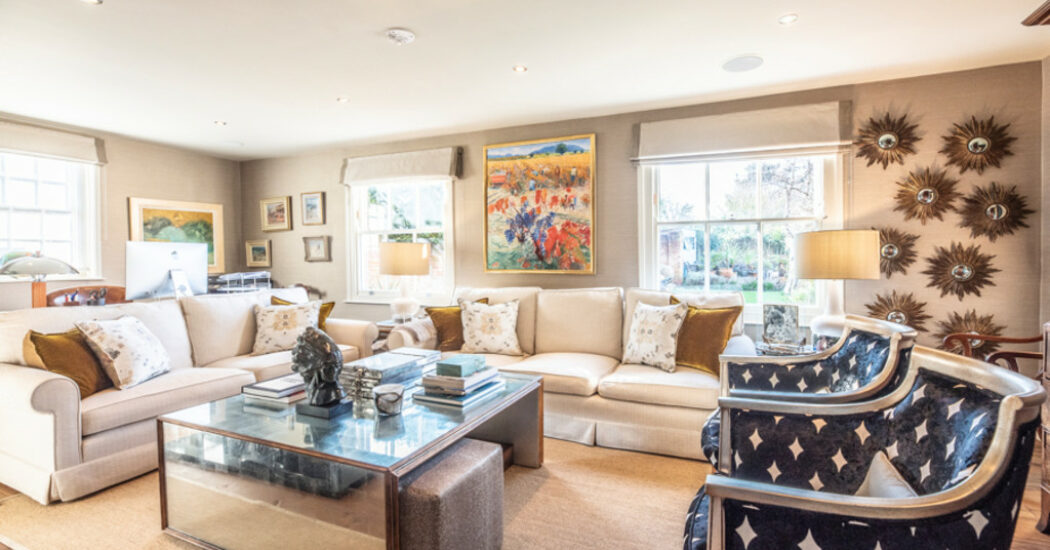We heard lots about how families of multiple generations were gathering under one roof for lock down. But was multi-generational living a flash in the pan or is it a trend that’s here to stay?
In Suffolk, multi-generation living is so popular that architects are hitting headlines with their multi-generational designs. Data reveals that multi-generational living is definitely a trend, but indications are that it’s also a notable characteristic of how we will live going forwards.
What is multi-generation living?
Of course, it’s normal for dependent children to live with their parents. But multi-generational living is when members of different generations live with each other once they are adults. So adult children living with parents, and potentially grandparents too. It’s how many cultures have lived throughout history.
The annexe (for Granny, or Postgraduate Child) is a tell-tale sign of multi-generational living. But living together across the generations isn’t necessarily limited in this way. It’s a way of sharing responsibilities from childcare to elder care, and from utility bills to prepping dinner.
Is multi-generational living increasing in the UK?
CBRE did some research which revealed that forecasted multi-generation living will triple by 2040. Additionally, Aviva’s How We Live Report revealed that a third of UK households are currently multi-generational and that it wasn’t a short-term lockdown phenomenon. Specifically, compared to their 2016 study, the 2020 study revealed notable growth in the number of multi-generational households with older relatives, proving it’s not just the after-university boomerang children. However, contrary to the basic concept of the Granny annexe, most multi-generational living involves adult children living with their parents.
Why is multi-generational living growing in popularity?
Multi-generational living is growing in popularity for several different reasons.
House prices are increasing at an intense rate which salaries simply don’t keep pace with. In the East of England, including here in Suffolk, the average house cost £196,166 in July 2012. By July 2022 this was £360,580. It’s true across the whole country. As such, the average age of first time buyers is now 32. Where possible, it makes sense that adult children live with parents for longer in order to save their deposits to achieve their first home.
Even once those adult children go on to have their own children, living with multiple generations is often beneficial. Childcare costs are huge. For example, the average cost of a nursery place for a child under 2 in East Anglia is £303.61 per week.
The same is true at the other end of the age scale too. Care for the elderly can be extremely expensive. In addition, there’s often a lack of suitable care or housing provision for the elderly. Indeed, it often makes more sense to build a purpose-built annexe or extension which better suits the needs of the older family member. As our population continues to age, this is likely to become a greater factor in multi-generational living.
All of this is before also considering the social benefits of multi-generational living in happy and functional families. Children get more positive attention, and it’s even been shown that greater contact with children can help those living with dementia.
How does multi-generational living affect your house buying choices?
So, multi-generational living is far from a passing trend. Instead, it is a trend which looks set to grow further. What does this mean for you as a house buyer?
As an estate agent in Suffolk, we are witnessing increasing demand for homes which can be, or are already, redesigned to facilitate multi-generational living. Choose properties which can be adapted, or which already have an annexe, and where there is plenty of space. Consider the potential future needs of your family when you make housing decisions and consider how different generations can support each other.
If you are considering moving house to enable multi-generational living, then speak to our experts at your local David Burr office. Share with us what you are looking for in terms of your unique family arrangements, and we can help you find the right property that suits everyone’s needs.







